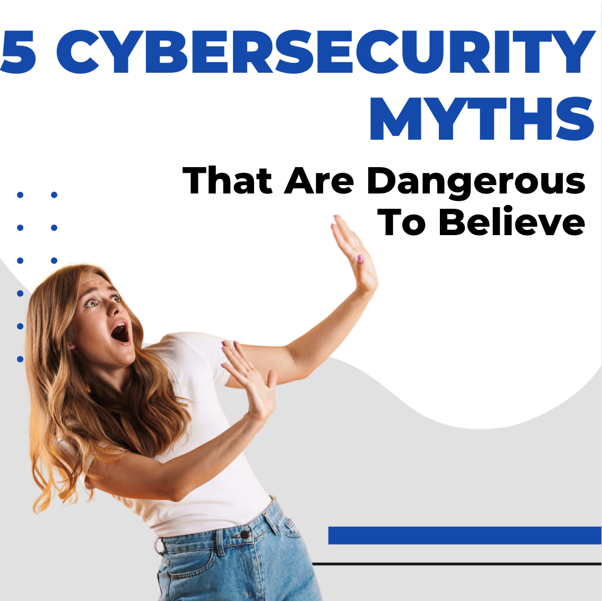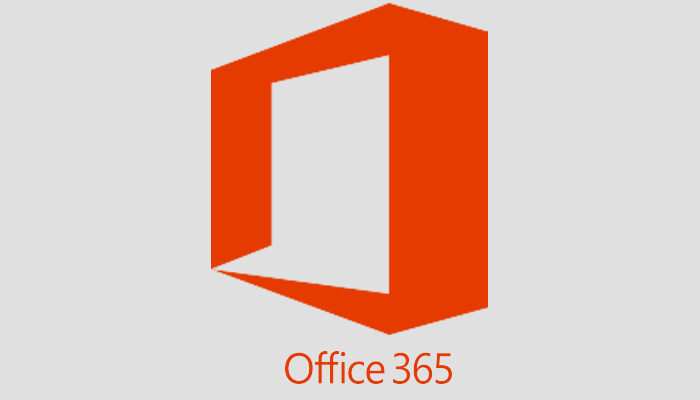
In the fast-paced world of business, efficiency and productivity are paramount. Advancements in technology have revolutionized the way we work, providing a plethora of tools and resources to help us accomplish more in less time. Maximizing workplace productivity with technology has become an essential strategy for organizations looking to stay competitive and innovative in today’s global market. Here are 7 ways to add tech to your day-to-day activities to stay productive.
1. Automation And Streamlining Processes:
One of the most significant ways technology maximizes workplace productivity is through automation and process streamlining. With the help of tools like workflow automation software and robotic process automation, businesses can automate repetitive tasks, freeing up employees to focus on more creative and strategic tasks. By automating routine processes, organizations reduce the likelihood of errors and increase the speed at which tasks are completed. This not only boosts efficiency but also enhances job satisfaction by allowing employees to concentrate on tasks that require critical thinking and problem-solving skills.
2. Collaboration And Communication:
Effective communication and collaboration are vital to a productive workplace. Technology has provided a range of solutions, such as video conferencing, project management software and instant messaging platforms, that enable teams to work together seamlessly regardless of their geographic locations. These tools facilitate real-time communication, file sharing and project tracking, ensuring that all team members stay on the same page and are able to work efficiently together. This results in faster decision-making, improved project management and, ultimately, higher productivity.
Need help with choosing the right collaboration and communication tools for your business? We can help! Click here to book a 10-minute discovery call to get started.
3. Data Analytics And Business Intelligence:
In the modern workplace, data is king. The ability to collect, analyze and leverage data is a powerful tool for improving productivity. With the help of advanced analytics and business intelligence tools, organizations can gain insights into their operations, customer behavior and market trends. This data-driven approach allows for informed decision-making, optimized resource allocation and the identification of areas where improvements are needed. By harnessing data and analytics, businesses can work smarter, not harder.
4. Remote Work And Flexibility:
Technology has also played a pivotal role in reshaping the traditional office environment. The rise of remote work and flexible work arrangements has been made possible by advancements in communication and collaboration tools. Employees can now work from anywhere, provided they have an Internet connection, which not only enhances their work-life balance but also opens up opportunities for businesses to tap into a global talent pool. Remote work can boost productivity by reducing commuting time and allowing employees to work in environments where they are most comfortable and productive.
IMPORTANT: Security should be a high priority if you have remote workers. If you don’t have a robust security system for virtual team members, you need to get one right away.
5. Project Management And Task Tracking:
Effective project management is key to productivity. With project management software, businesses can plan, execute and monitor projects more efficiently. These tools provide a clear overview of tasks, deadlines and team member responsibilities, ensuring that everyone stays organized and accountable. From agile methodologies to Gantt charts, technology offers a range of project management approaches to suit various business needs.
6. Employee Training And Development:
Investing in technology for employee training and development is another avenue to maximize workplace productivity. Learning management systems and online training platforms enable organizations to offer continuous learning opportunities to their employees. By upskilling and reskilling their workforce, companies can ensure that their staff remains adaptable and capable of using the latest tools and technologies, which in turn enhances overall productivity.
7. Security And Data Protection:
As technology becomes more integrated into the workplace, the need for robust security and data protection measures is crucial. Cyber security solutions help protect sensitive information, prevent data breaches and ensure business continuity. When employees feel secure in their digital environment, they can work more confidently and productively, knowing that their data and the company’s assets are protected.
Technology is an indispensable resource for maximizing workplace productivity. From automating tasks and improving communication to harnessing data and fostering employee development, technology offers a wide range of solutions to enhance efficiency and effectiveness in the modern workplace. Embracing these technologies and staying up-to-date with the latest trends is essential for businesses looking to thrive in today’s competitive and ever-evolving business landscape. By leveraging technology effectively, organizations can achieve their productivity goals, improve their bottom line and create a dynamic, innovative work environment.
If you need help creating a strategic plan for your technology, such as determining what software to invest in, sourcing devices, creating a plan for efficiency or securing your network, our IT team can support you. Click here to book a 10-Minute Discovery Call to get started.








